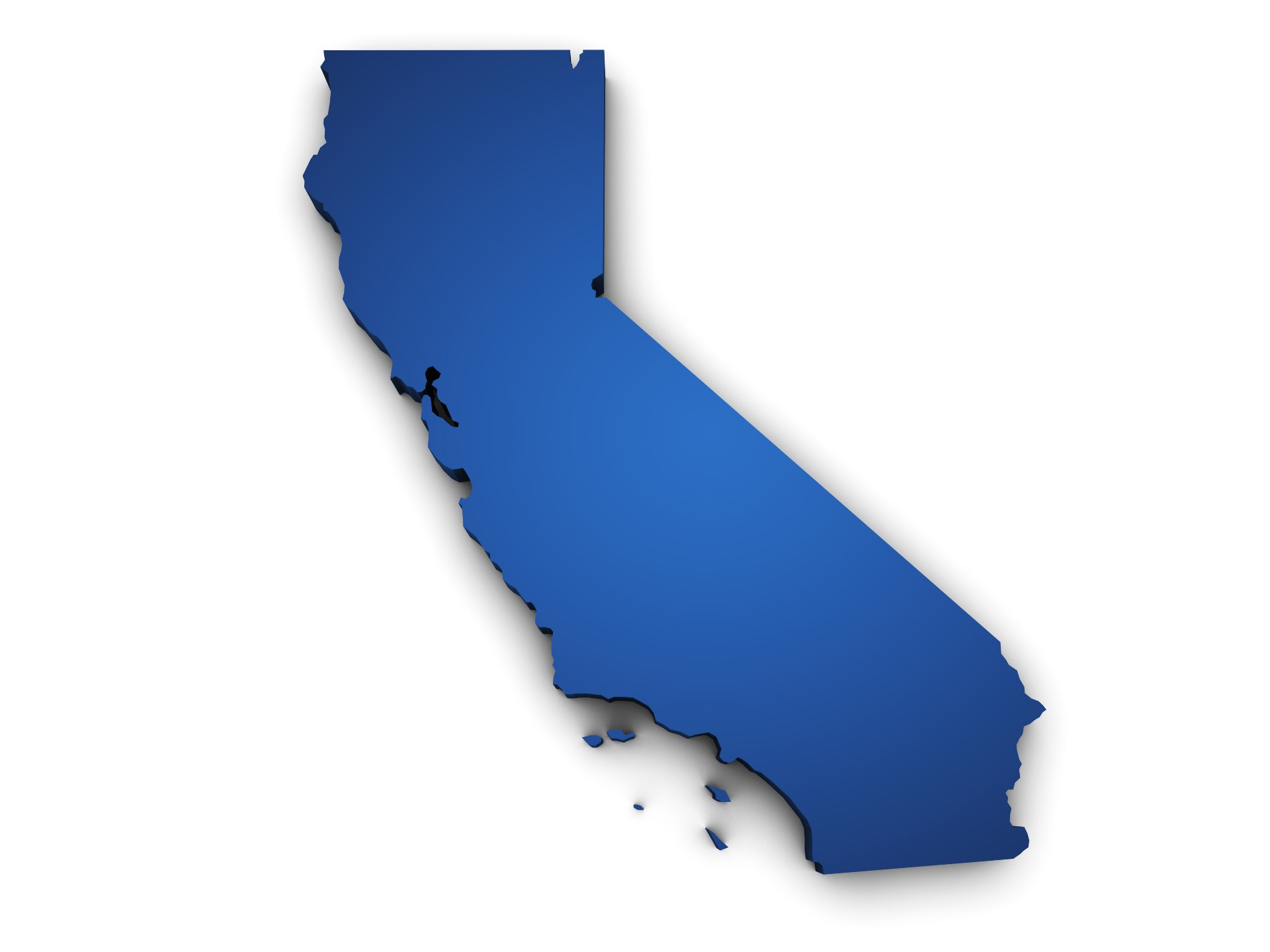With the recent spate of government regulations and codes — VGB, ADA, MAHC, ISPSC — the aquatics industry has just about had it with the feds. The prevailing feeling, and rightly so, is that the government is forcing pools and waterparks to comply with regulations that professionals had no say in crafting. As our coverage of these issues has shown, the results have been disastrous — at best, confounding operators, at worst, forcing facility closures.
So it is with some trepidation that I write this column defending the Americans with Disabilities Act, specifically the guidelines related to public aquatic venues.
I’ve been sitting on the sidelines too long on this issue, and it’s time to speak up. I understand that the timing for these guidelines is not ideal. Facilities are struggling through one of the worst and most persistent recessions in history. The VGB mess and its ensuing costs have stretched many pools and waterparks to the breaking point. The popular argument seems to go that aquatics can’t afford another government regulation.
But I would argue that the industry can’t afford to ignore ADA. Want a good reason? I’ll give you 54 million. That’s the number of people with disabilities in the United States — 19 percent of the nation’s civilian noninstitutionalized population.
It’s shortsighted and unwise to turn our backs on this population, especially when aquatics offers so many benefits to them, benefits they can’t get through any other source. Just ask an aquatic therapist about the magic that happens when a disabled person gets in the water, and you’ll think twice before you vilify the ADA and what it stands for, which is, in essence, access for all.
I’ve also heard the argument that there’s no reason to spend money on accessibility lifts and the like because, “My facility doesn’t have any disabled patrons.” These arguments are specious on a number of levels.
If you don’t have disabled patrons, chances are good it says more about your community outreach than it does about the need for accessibility. Saying otherwise is like arguing that learn-to-swim programs don’t encourage more swimmers. Of course, they do. Just as having a more accessible facility will bring in more disabled patrons.
That raises another argument for embracing accessibility: money. Facilities that aren’t reaching out to and servicing the disabled community right now are leaving money, lots of it, on the table.
During a time when most facilities could use a stable revenue stream, it’s arguably fiscally irresponsible to ignore this lucrative programming opportunity.
With no fewer than three congressional assaults on ADA for aquatics, it’s likely we won’t have to comply with the guidelines this year, or maybe ever. But why not take the initiative now?
Instead of complaining about the onus bureaucrats have imposed on aquatics, I’d love to see aquatics professionals take this moment to fully embrace the community their facilities represent — the abled and the differently abled.
For instance, if costs are an issue, ask citizens or business partners to help fund equipment such as a lift. As has been demonstrated so many times during this financial struggle, when communities come together, no amount of red ink can stop people from accessing the blue oasis of pools and waterparks.


